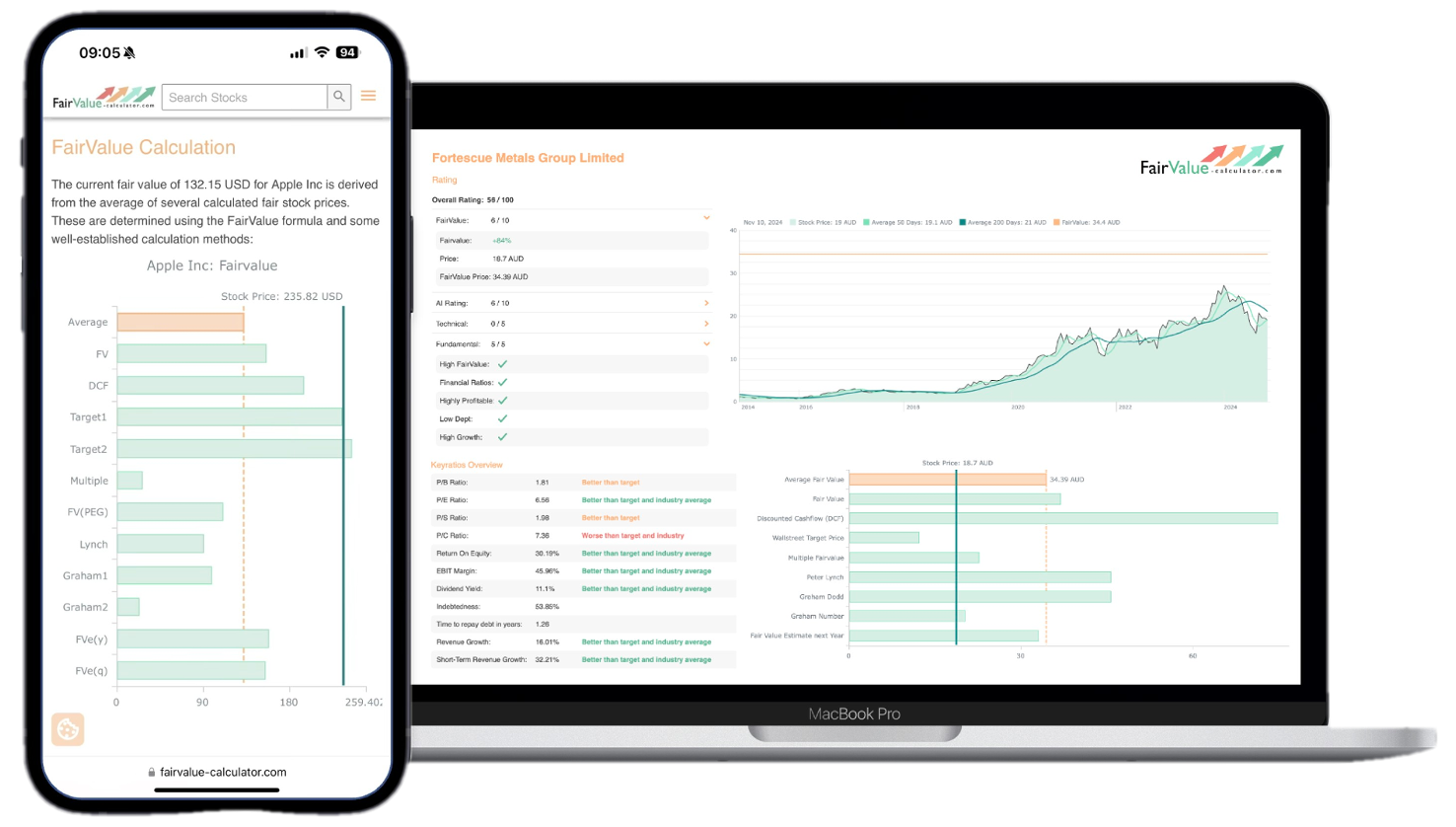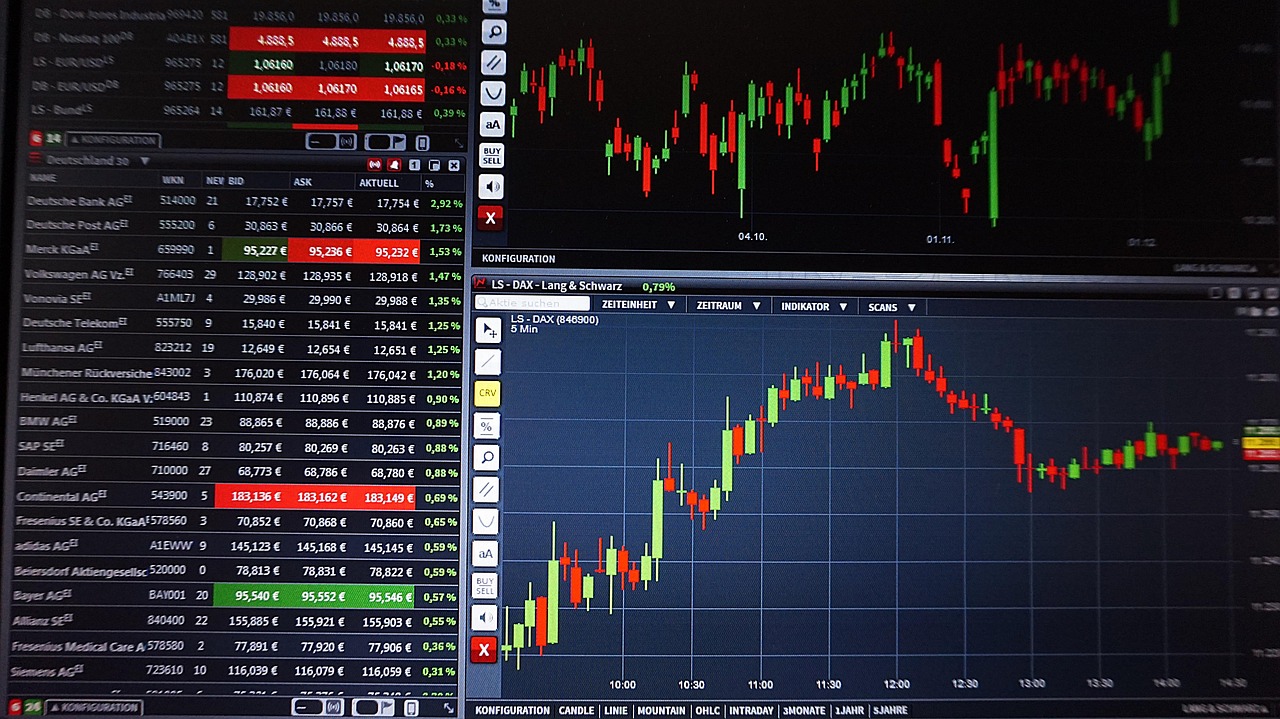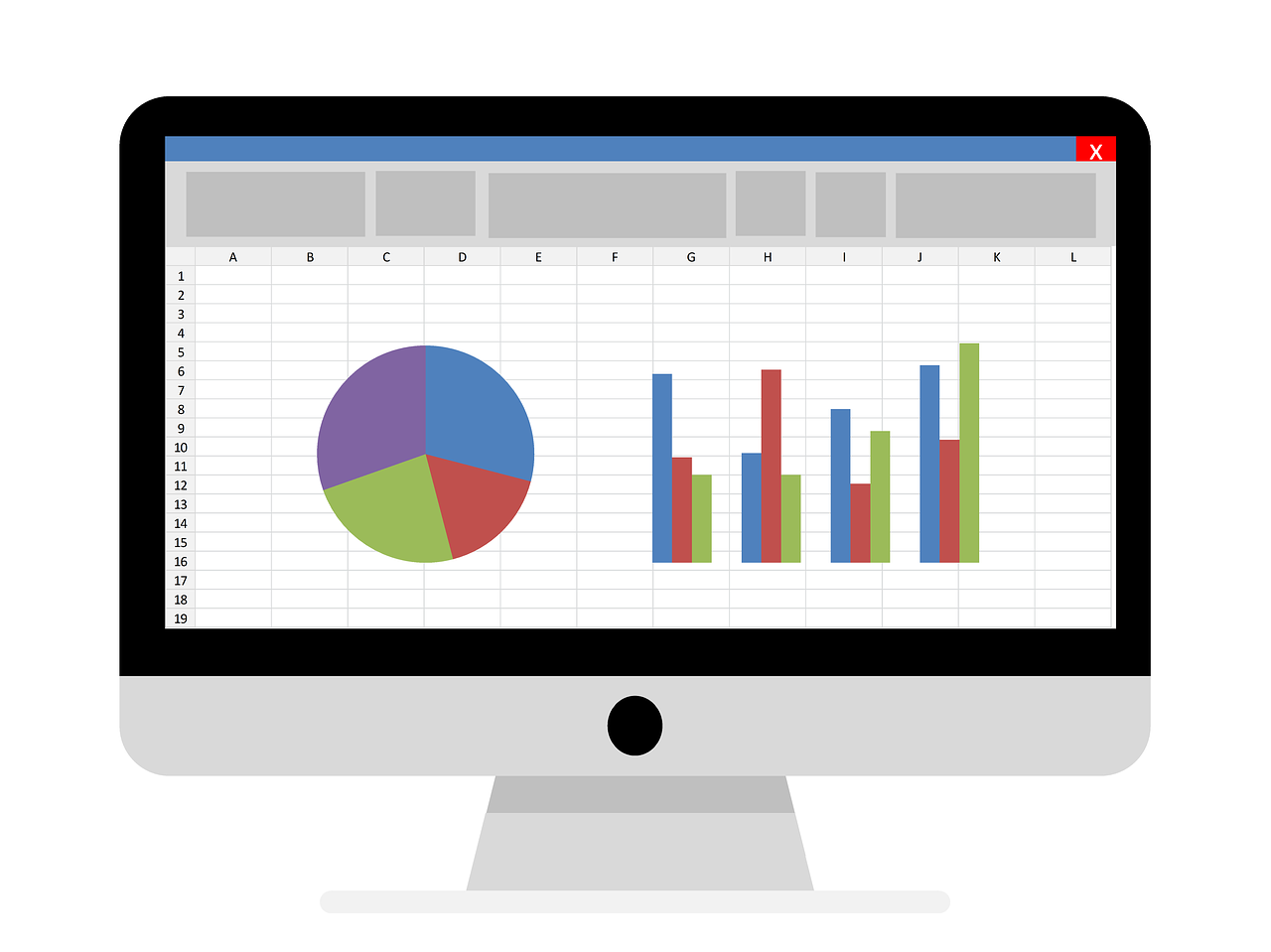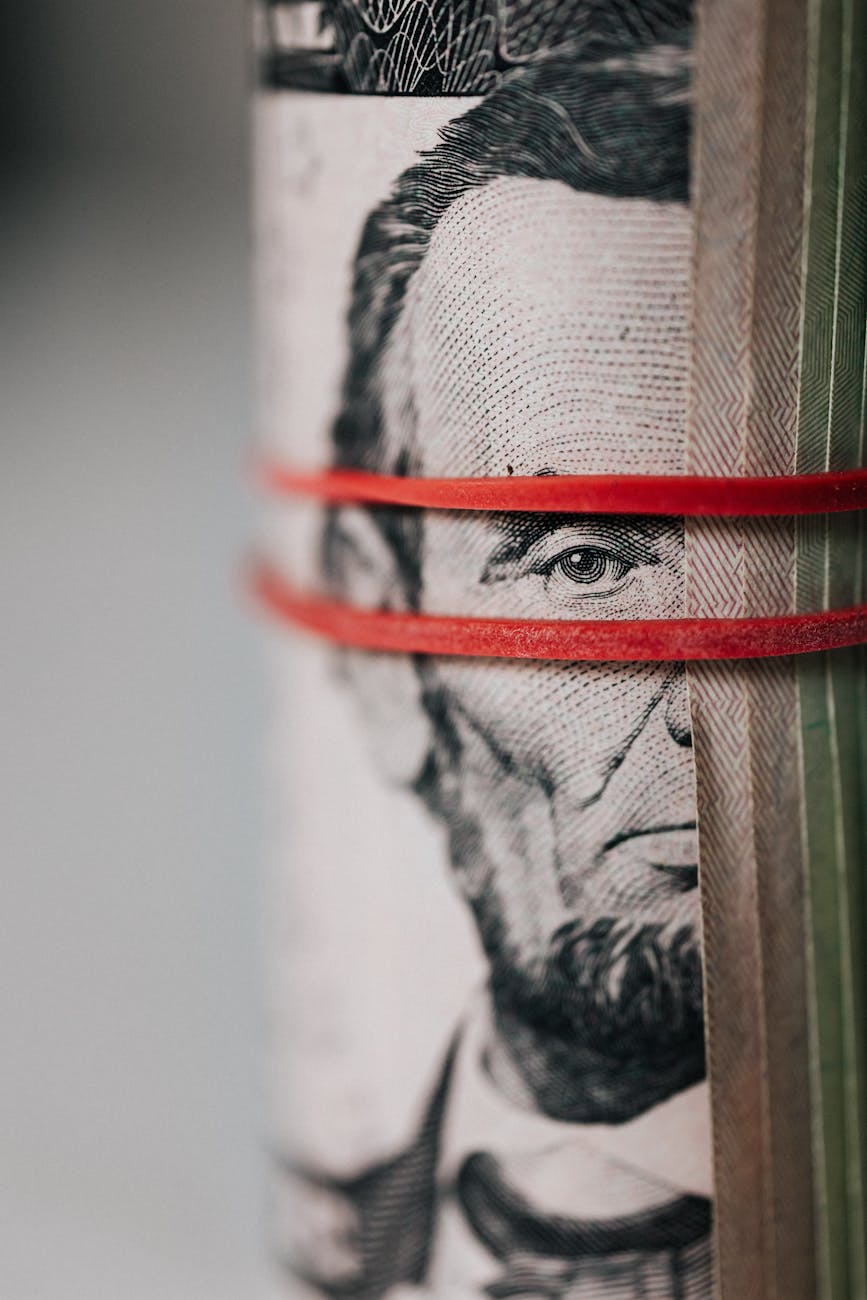For seasoned investors, Warren Buffett’s name alone is synonymous with strategic wisdom and remarkable financial insight. When it comes to decoding the valuation metrics of Berkshire Hathaway, particularly the price-to-book (P/B) ratio, understanding the nuances behind these numbers becomes paramount. The P/B ratio, often overlooked in the whirlwind of complex investment jargon, serves as a critical peek into the company’s intrinsic value, offering a glimpse into Buffett’s own yardstick for evaluating his empire. With Berkshire Hathaway’s operating structure encompassing a diverse portfolio of cash-generating businesses, this particular ratio requires careful scrutiny to navigate through its unique complexities.
Currently, the Berkshire Hathaway price to book P/B ratio hovers around 1.59, a figure that has spurred debates among investors regarding potential undervaluation or overvaluation. This ratio isn’t just a numerical curiosity but a reflection of the deeper narrative crafted by Buffett over decades of astute investment moves. As we delve into what a P/B value above or below 1.0 signifies, especially in the context of Berkshire’s sprawling operations, long-term investors might find themselves reevaluating their strategies. Prepare to unravel the layers of this fascinating metric and discover how it continues to influence one of the world’s most respected conglomerates.
💡 Discover Powerful Investing Tools
Stop guessing – start investing with confidence. Our Fair Value Stock Calculators help you uncover hidden value in stocks using time-tested methods like Discounted Cash Flow (DCF), Benjamin Graham’s valuation principles, Peter Lynch’s PEG ratio, and our own AI-powered Super Fair Value formula. Designed for clarity, speed, and precision, these tools turn complex valuation models into simple, actionable insights – even for beginners.
Learn More About the Tools →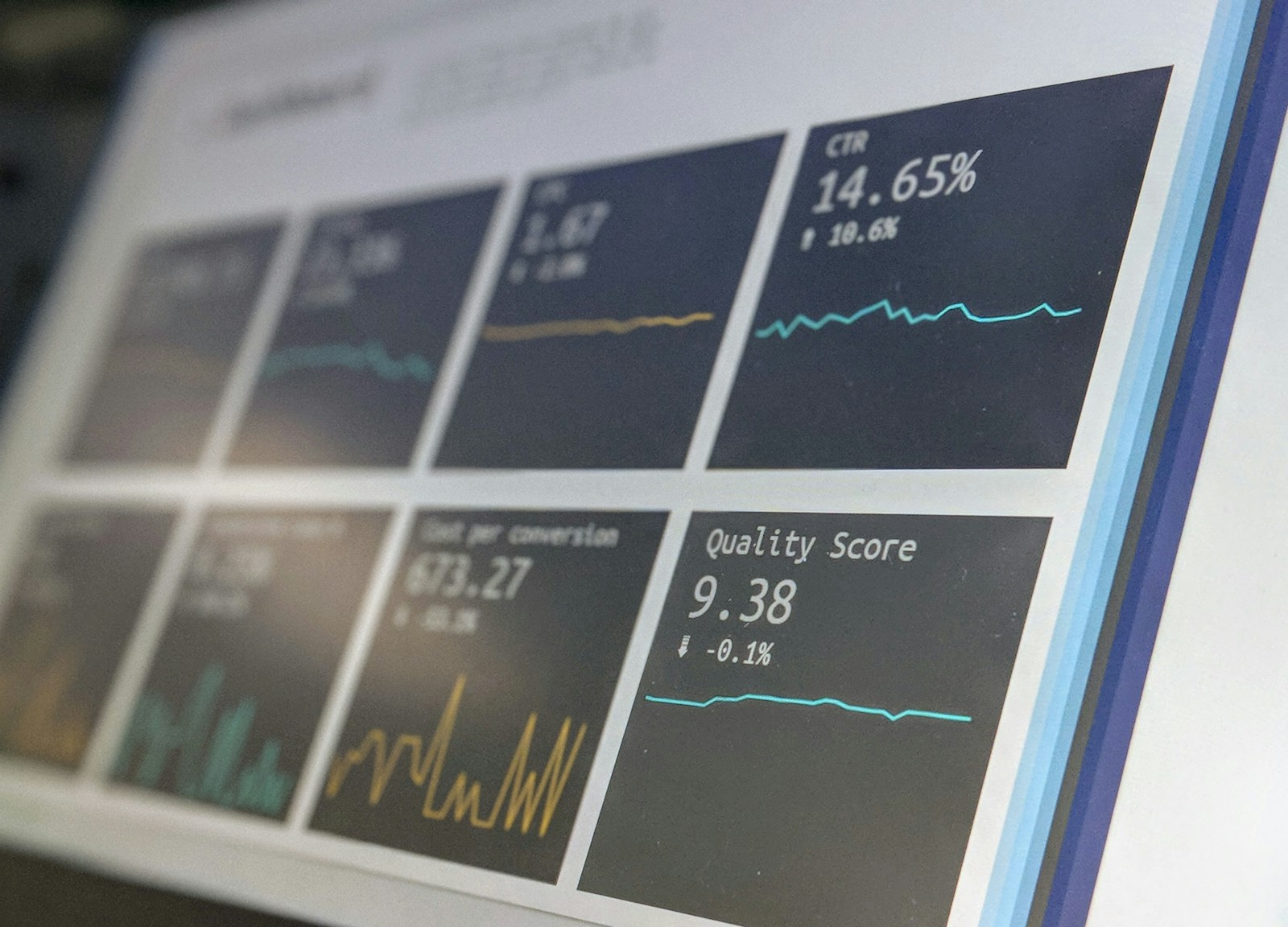
Why is Berkshire Hathaway stock price so low with a P E of only 1.59 when the overall market P E is well over 2.3?
Berkshire Hathaway’s trailing twelve-month P/E ratio of approximately 1.59 stands in stark contrast to the S&P 500’s multiple north of 2.3. This disparity is not because Buffett’s conglomerate is underperforming, but rather due to its unique blend of capital allocation, conservative accounting practices, and limited share repurchases in certain periods. Unlike many growth-oriented firms that reinvest heavily into expansion, thereby inflating earnings projections—Berkshire’s diversified portfolio of operating businesses often exhibits steadier, more predictable cash flows. These mature cash generators don’t require the same high reinvestment rates, leading to a more modest multiple that accurately reflects durable earnings, rather than lofty growth forecasts tied to speculation.
Moreover, Berkshire’s class A share price (BRK.A) and its class B counterpart (BRK.B) are not routinely split to match investor sentiment for lower-priced stock. As a result, price metrics like P/E can appear artificially subdued when viewed through the lens of headline share prices. Share repurchases also play a role: Buffett historically only buys back stock when it trades significantly below intrinsic value—avoiding mechanical buybacks at any price. This selective approach weeds out overpriced moments, keeping the P/E anchored at a level that aligns with long-term value rather than short-term market exuberance. Consequently, the company’s lower P/E ratio is more a badge of prudence than a signal of distress.
🚀 Test the Fair Value Calculator Now!
Find out in seconds whether your stock is truly undervalued or overpriced – based on fundamentals and future growth.
Try it for Free →What does Benjamin Grahams price to book value of the stock principle mean in simpler terms?
Benjamin Graham, the father of value investing, emphasized buying stocks at discounts to their “net current assets,” essentially ensuring a margin of safety for investors. In modern parlance, this often translates to focusing on the ratio of market price per share to book value per share. Graham believed the difference between a company’s accounting book value—reflecting tangible assets minus liabilities—and its market capitalization could reveal hidden opportunities when the market undervalued those assets.
Put simply, if a stock’s price-to-book ratio is below 1.0, you’re paying less for each dollar of net assets than they’re recorded on the books. Graham argued this floor underpinned intrinsic value; you could, in theory, liquidate the company and still recoup your investment. Conversely, a P/B ratio above 1.0 suggests the market expects intangible strengths, brand power, patents, management quality, or growth prospects, to justify paying more than the raw accounting figures. Thus, Graham’s principle boils down to purchasing with a discount to tangible backing, ensuring built-in protection against market downturns.
Explore our most popular stock fair value calculators to find opportunities where the market price is lower than the true value.
- Peter Lynch Fair Value – Combines growth with valuation using the PEG ratio. A favorite among growth investors.
- Buffett Intrinsic Value Calculator – Based on Warren Buffett’s long-term DCF approach to determine business value.
- Buffett Fair Value Model – Simplified version of his logic with margin of safety baked in.
- Graham & Dodd Fair Value – Uses conservative earnings-based valuation from classic value investing theory.
- Intrinsic vs. Extrinsic Value – Learn the core difference between what a company’s really worth and what others pay.
- Intrinsic Value Calculator – A general tool to estimate the true value of a stock, based on earnings potential.
- Fama-French Model – For advanced users: Quantifies expected return using size, value and market risk.
- Discount Rate Calculator – Helps estimate the proper rate to use in any DCF-based valuation model.
Is Berkshire Hathaway a good long term buy and hold stock By long term I mean 10 to 15 years?
When evaluating Berkshire Hathaway as a decade-plus holding, investors should consider both the history and unique mechanics of Buffett’s empire. Over the past 50 years, the company has outpaced the broader market by judiciously reinvesting free cash flows into high-return businesses and acquiring entire firms at sensible valuations. This disciplined approach suggests that, barring fundamental shifts in management philosophy or economic upheavals, long-term investors stand to benefit from compounding intrinsic value over time.
However, framing Berkshire solely as a “buy and forget” asset overlooks the evolving landscape it operates within. As regulatory environments change, interest rates cycle, and disruptive technologies emerge, the composition and performance of Berkshire’s holdings can fluctuate. Moreover, the company’s substantial cash hoard, currently over $150 billion, casts both a defensive safety net and a potential drag on returns if not deployed effectively. For patient investors, though, the consistent emphasis on underwriting discipline, strong corporate culture, and a diversified asset base makes Berkshire Hathaway a compelling cornerstone for a 10- to 15-year portfolio.
Historical Context of Berkshire Hathaway’s P/B Ratio
Over the decades, Berkshire Hathaway’s price-to-book ratio has served as a barometer of market sentiment toward Buffett’s capital deployment prowess. In the 1980s and 1990s, as Berkshire transitioned from a textile operation into a global conglomerate, its P/B ratio often fluctuated between 2.0 and 3.0, reflecting optimism about Buffett’s capacity to identify undervalued gems.
Following the 2008 financial crisis, however, the ratio briefly dipped below 1.5, highlighting investor anxiety even around Buffett’s holdings. Since then, it has gradually trended higher, stabilizing near 1.6 in recent years. This historical perspective underscores a pattern: during periods of economic stress, even “the Oracle of Omaha” sees his conglomerate’s apparent valuation contract, only to bounce back once confidence in the broader economy and capital markets is restored.
Factors Influencing Berkshire Hathaway’s P/B Ratio
Several factors drive shifts in Berkshire’s price-to-book ratio, from macroeconomic trends to internal capital allocation decisions:
First, interest rate movements profoundly impact the present value of future earnings streams. Lower rates tend to boost valuations across the board, lifting P/B multiples. Second, the timing and scale of acquisitions or divestitures can either dilute or enhance book value, prompting short-term swings in the ratio. Third, Berkshire’s cash hoard offers both flexibility and drag: uninvested cash contributes conservatism to the book value base but may also depress return metrics compared to deploying money into higher-return opportunities.
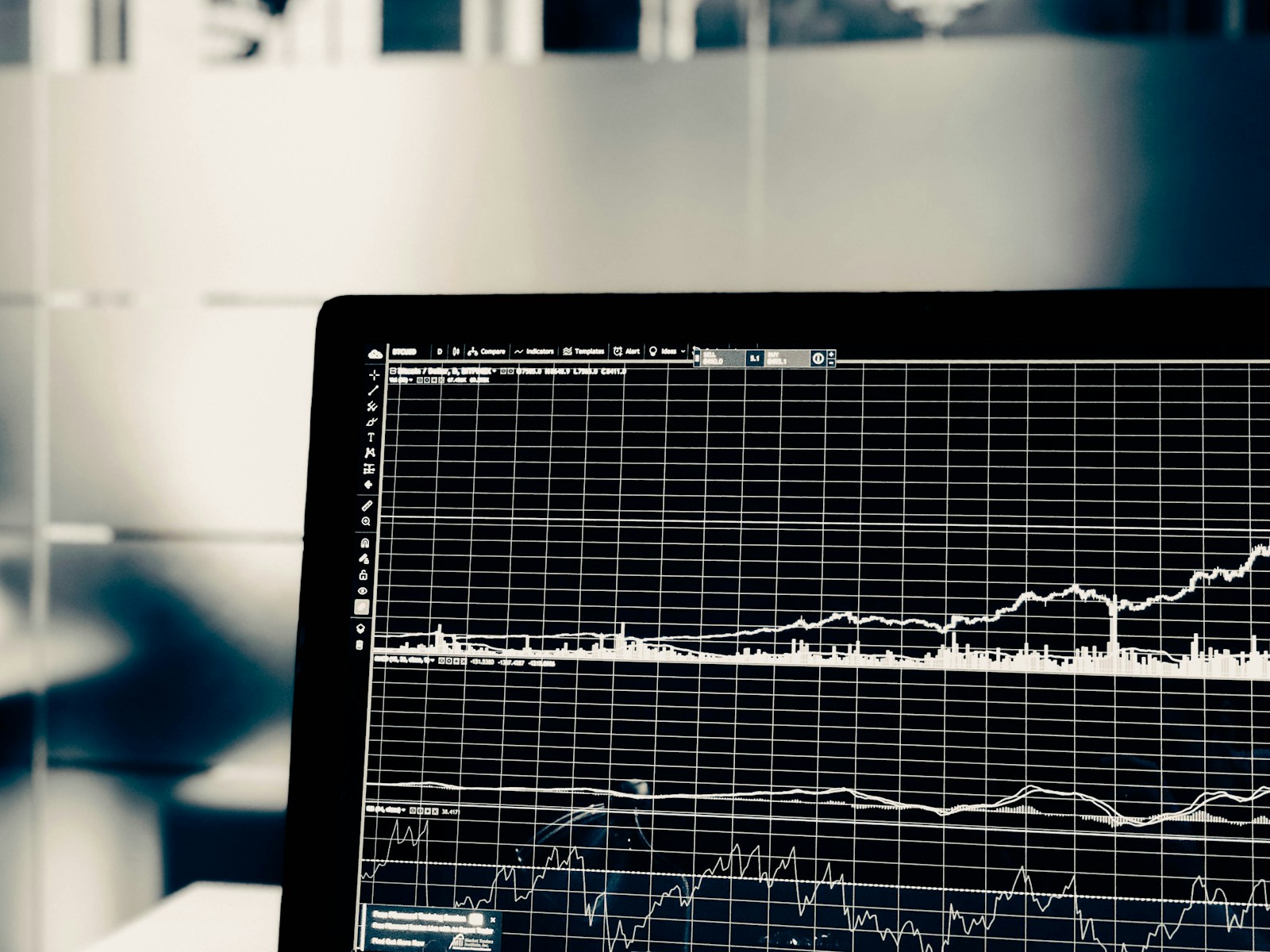
Comparing Berkshire Hathaway’s P/B Ratio to Industry Peers
When placed alongside other diversified conglomerates and insurance giants, Berkshire Hathaway’s price-to-book ratio sits in the middle of the pack. Firms like Markel and Fairfax Financial often trade at tighter multiples of 1.2–1.4, partly reflecting narrower business scopes and different growth profiles.
On the flip side, conglomerates with heavy technology or fintech exposure, such as Brookfield Asset Management, can command P/B ratios above 2.0 due to perceived growth potential. Berkshire’s ratio of 1.59 thus signals a balanced view: investors acknowledge its multifaceted revenue streams and Buffett’s track record, yet remain cautious about allocating premium valuations to a firm driven by historically conservative cash deployment.
Impact of Economic Cycles on Berkshire Hathaway’s P/B Ratio
Economic expansions and contractions leave clear imprints on Berkshire’s P/B ratio. During bull markets, abundant liquidity and investor euphoria push multiples higher, with the ratio often climbing above 1.8 as markets price in potential upside from Berkshire’s run-rate earnings.
Conversely, recessions or liquidity crunches drive the ratio down towards or below 1.4, as fears of underwriting losses at the insurance units and diminished investment returns cast shadows over book value. Buffett’s margin-of-safety mindset shines brightest here: he tends to buy back shares during troughs, reinforcing confidence that the market undervalues Berkshire’s true worth when sentiment sours.
Forecasting Berkshire Hathaway’s Future Based on P/B Ratio Trends
Projecting Berkshire’s future P/B trajectory hinges on expectations around earnings growth, capital deployment, and broader market valuation levels. If interest rates remain historically low and economic growth steady, the ratio could normalize in the 1.7–1.9 range, reflecting moderate optimism about new acquisitions and organic profit improvement.
Should Buffett find large deals at attractive valuations—mirroring his past transformative purchases—the ratio might reinsert upward momentum as book value accelerates. On the other hand, if market multiples contract amid tightening monetary policy, Berkshire’s P/B could drift back toward 1.4, setting the stage for potential share repurchases and renewed bargain-hunting strategies.
Importance of Berkshire Hathaway’s Price-to-Book (P/B) Ratio
The price-to-book ratio stands out as a linchpin in assessing Berkshire Hathaway’s intrinsic value for several reasons. First, it encapsulates the gap between market perceptions and tangible net assets, offering a quick snapshot of whether the stock trades at a discount or premium to its accounting base. Second, Buffett himself has historically highlighted book value per share as a proxy for intrinsic worth, making P/B a direct reflection of his valuation yardstick.
Beyond these theoretical underpinnings, the ratio gains practical relevance given Berkshire’s heavy tilt toward businesses that generate stable, reinvestable cash flows—industries where book value reliably underpins long-term earnings power. Hence, watching the berkshire hathaway price to book pb ratio helps investors gauge both sentiment swings and management’s willingness to act when valuations deviate from intrinsic levels.
Future Outlook: Predicting Berkshire Hathaway’s P/B Ratio Trends
Looking ahead, the interplay between macroeconomic conditions and Berkshire’s deal pipeline will likely dictate P/B movements. If global growth resumes robustly and interest rates stay anchored, investors may reward the company with a modest premium, nudging the ratio toward the 1.7–1.8 corridor. Furthermore, any major acquisitions, especially in sectors with strong secular tailwinds, could bolster confidence and lift the multiple.
However, prolonged market volatility or rising rates could cap upside, keeping the ratio tethered around current levels. In such scenarios, Buffett’s penchant for opportunistic share buybacks when the market offers a discount will once again serve as both a stabilizing force and a signal of management’s belief in Berkshire’s inherent value.
Conclusion: The P/B Ratio as a Window into Buffett’s Valuation Philosophy
Ultimately, Berkshire Hathaway’s price-to-book ratio offers far more than a static valuation metric; it embodies the convergence of accounting fundamentals, market psychology, and Buffett’s relentless focus on intrinsic value. Even as the ratio fluctuates with economic tides, it remains an essential gauge for long-term investors seeking insights into how the Oracle of Omaha assesses his sprawling empire.
Whether hovering around 1.59 today or shifting in the years ahead, the P/B ratio will continue to highlight moments when Berkshire trades at a discount or premium to tangible net assets, moments that Buffett himself often exploits. In that sense, monitoring this ratio delivers a direct line into the principles that have underpinned decades of investment success.


